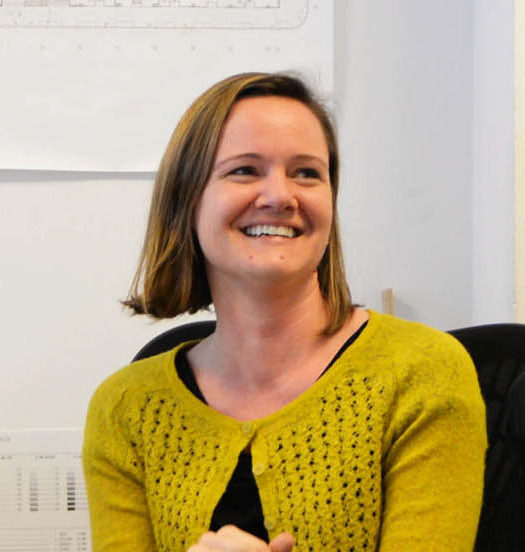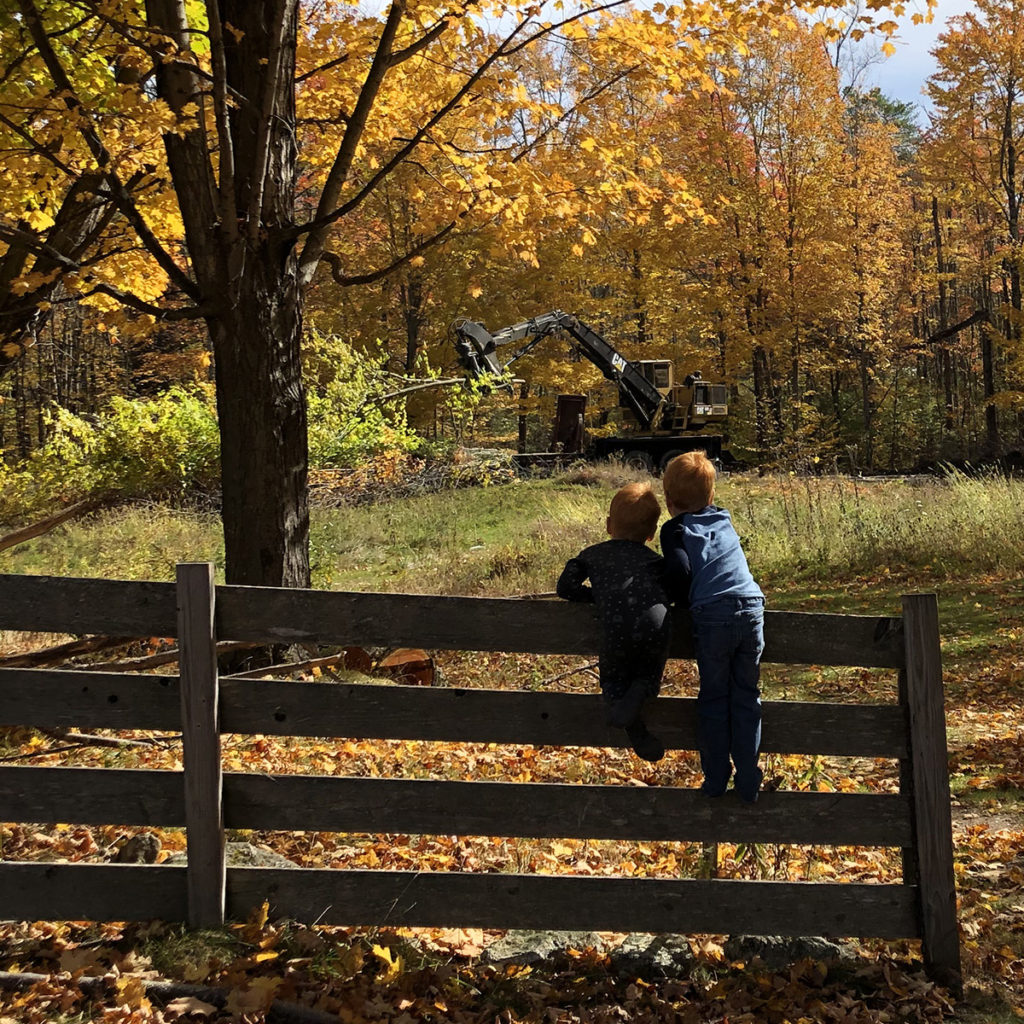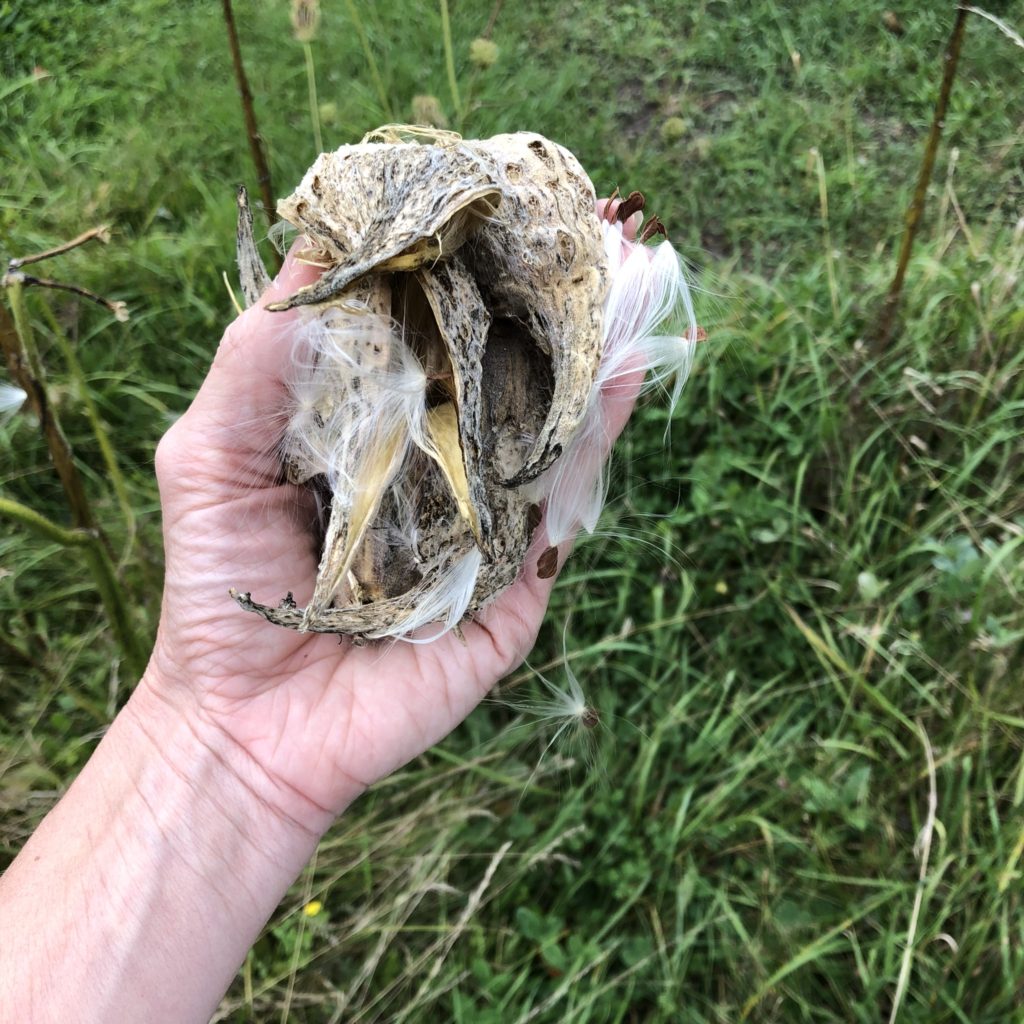ABOUT

Professional Experience
M. Herndon
Landscape Architecture
Gustafson, Guthrie, Nichol
Jordan Honeyman
Landscape Architecture
Merrifield Garden Center
The Trustees of Reservations
Peabody Essex Museum
SELECTED PROJECTS
US Embassy,
Athens, Greece
Norton Museum of Art West Palm Beach, Florida
Sallie Mae Headquarters
Newark, Delaware
Guy Mason Recreation Center, Washington DC
University of Iowa Children's Hospital
Iowa City, Iowa
Habitat House
Falls Church, Virginia
A Garden in Old Town
Alexandria, Virginia
Harry Thomas Playspace
Washington, DC
licensure
& education
NH LICENSED LANDSCAPE ARCHITECT
2021-Present
VA LICENSED LANDSCAPE ARCHITECT
2016-2020
VIRGINIA TECH, ALEXANDRIA VA
Master of Landscape Architecture
GORDON COLLEGE, WENHAM MA
Bachelor of Science,
History and Biology
There’s a saying in the town where I lived as a child: “Ithaca is gorges,” and it is. The topography is wildly variable, the views are lovely, there are waterfalls and creeks and lakes to explore, and the people who live there seem to be particularly in touch with and appreciative of natural beauty. I don’t think it was just because it was the 80’s, or because it’s a college town, or even because Cornell’s ornithology lab has an observation room open to the public. I think it’s because landscapes affect us in often-intangible ways. When I say landscape, I’m talking not only regionally but also on the home landscape scale.

A lot has changed in the world in the past 40 years…I’m dating myself, but for me, it was in elementary school that the personal computer was developed and we practiced on it by programming a green blinking turtle cursor in DOS. In the fifth grade my teacher, Mrs. Kimberly, won the Teacher of the Year award for New York State public schools, in part, I’m sure, due to her work with us to create a fundraising calendar highlighting the issues of ‘Global Warming’ and ‘The Greenhouse effect’ as they were called then. Some of these issues influenced my choice to pursue a career defined by the desire to make a positive difference in the natural world.

Fast forward through a move to North Carolina in middle school, employment at a number of wonderful garden centers, work on island farms and gardens in Massachusetts during college, and eventually a Masters degree in Landscape Architecture and work on projects at multiple scales both close to home and around the world.
I was still working as a landscape architect in DC in 2016 when I attended a conference where an ecologist challenged a group of us to examine our responsibilities to landscape outside the urban core. At my firm’s main office in Seattle we were proud to work exclusively in the city, avoiding development in what should be ‘natural’ areas. From the ecologists’ perspective, though, wild places need design, consideration, and advocacy.
There is little of the natural world that has been left untouched by humans and simply leaving nature to ‘take her course’ doesn’t necessarily produce the most natural results. Besides, if we become cut off from extra-urban places we will lose knowledge of and connection with it. How can you protect something you don’t know exists or advocate for a process that you don’t understand or recognize?
In 2017 we moved to New Hampshire and now live in an old farmhouse at the base of a mountain on a beautiful piece of property surrounded by conservation land. I was awarded a grant to have restoration work done on part of our forested acres and I am studying first hand the ways in which forestry, agriculture, gardening, and design intersect with ecology.
M Herndon is the expression of all of this backstory. I hope it will inspire beauty, positive change in the natural world, and provide a thing for kids and adults to experience in real life and in real time. There is an exciting energy in the worlds of design, horticulture and ecology in the US (and around the world) right now. Many people are finding new ways and purpose in planting. At a time when there seems to be bad news everywhere, smart decisions in the landscape are making positive change that cannot be underestimated. Let’s think about and work on this together.
If you’re still reading, thank you for listening. Whether you manage a postage card sized lot in the city, a suburban yard farther out, are a conservation minded rural landowner, or a public official in charge of decision-making across municipal landscapes, these issues affect us all. Place-based design and matrix planting are simple, low-input, intelligent and beautiful measures that have the power to make a difference at a time when different is decidedly better. If you have a project that you think may be a fit for these approaches, please reach out. We would love to hear from you.
Best Wishes,
Meg
Image credit, initial photo: Kristelle Boulos & Gustafson Guthrie Nichol